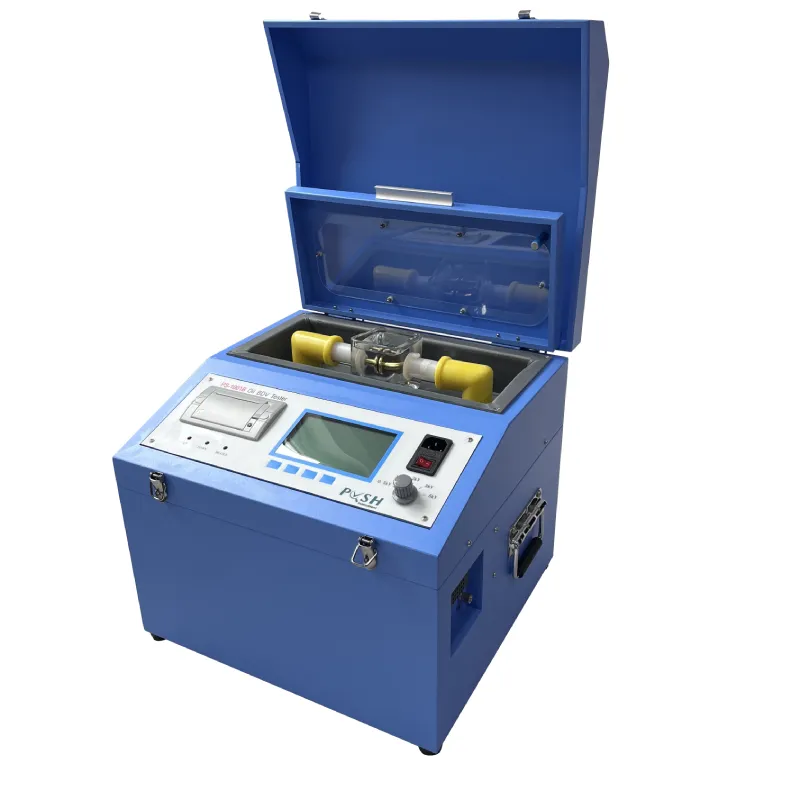 English
English



-
 Afrikaans
Afrikaans -
 Albanian
Albanian -
 Amharic
Amharic -
 Arabic
Arabic -
 Armenian
Armenian -
 Azerbaijani
Azerbaijani -
 Basque
Basque -
 Belarusian
Belarusian -
 Bengali
Bengali -
 Bosnian
Bosnian -
 Bulgarian
Bulgarian -
 Catalan
Catalan -
 Cebuano
Cebuano -
 China
China -
 China (Taiwan)
China (Taiwan) -
 Corsican
Corsican -
 Croatian
Croatian -
 Czech
Czech -
 Danish
Danish -
 Dutch
Dutch -
 English
English -
 Esperanto
Esperanto -
 Estonian
Estonian -
 Finnish
Finnish -
 French
French -
 Frisian
Frisian -
 Galician
Galician -
 Georgian
Georgian -
 German
German -
 Greek
Greek -
 Gujarati
Gujarati -
 Haitian Creole
Haitian Creole -
 hausa
hausa -
 hawaiian
hawaiian -
 Hebrew
Hebrew -
 Hindi
Hindi -
 Miao
Miao -
 Hungarian
Hungarian -
 Icelandic
Icelandic -
 igbo
igbo -
 Indonesian
Indonesian -
 irish
irish -
 Italian
Italian -
 Japanese
Japanese -
 Javanese
Javanese -
 Kannada
Kannada -
 kazakh
kazakh -
 Khmer
Khmer -
 Rwandese
Rwandese -
 Korean
Korean -
 Kurdish
Kurdish -
 Kyrgyz
Kyrgyz -
 Lao
Lao -
 Latin
Latin -
 Latvian
Latvian -
 Lithuanian
Lithuanian -
 Luxembourgish
Luxembourgish -
 Macedonian
Macedonian -
 Malgashi
Malgashi -
 Malay
Malay -
 Malayalam
Malayalam -
 Maltese
Maltese -
 Maori
Maori -
 Marathi
Marathi -
 Mongolian
Mongolian -
 Myanmar
Myanmar -
 Nepali
Nepali -
 Norwegian
Norwegian -
 Norwegian
Norwegian -
 Occitan
Occitan -
 Pashto
Pashto -
 Persian
Persian -
 Polish
Polish -
 Portuguese
Portuguese -
 Punjabi
Punjabi -
 Romanian
Romanian -
 Russian
Russian -
 Samoan
Samoan -
 Scottish Gaelic
Scottish Gaelic -
 Serbian
Serbian -
 Sesotho
Sesotho -
 Shona
Shona -
 Sindhi
Sindhi -
 Sinhala
Sinhala -
 Slovak
Slovak -
 Slovenian
Slovenian -
 Somali
Somali -
 Spanish
Spanish -
 Sundanese
Sundanese -
 Swahili
Swahili -
 Swedish
Swedish -
 Tagalog
Tagalog -
 Tajik
Tajik -
 Tamil
Tamil -
 Tatar
Tatar -
 Telugu
Telugu -
 Thai
Thai -
 Turkish
Turkish -
 Turkmen
Turkmen -
 Ukrainian
Ukrainian -
 Urdu
Urdu -
 Uighur
Uighur -
 Uzbek
Uzbek -
 Vietnamese
Vietnamese -
 Welsh
Welsh -
 Bantu
Bantu -
 Yiddish
Yiddish -
 Yoruba
Yoruba -
 Zulu
Zulu
Testing Oil BDV in Transformers for Dielectric Strength Assessment
Understanding the Oil BDV Test of Transformers
The oil breakdown voltage (BDV) test is an essential diagnostic tool used to assess the insulation quality of transformer oil and, consequently, the overall health of a transformer. As transformers play a critical role in power distribution and transmission, ensuring their reliability is of utmost importance. The oil BDV test provides valuable insights into the condition of transformer insulation systems, helping to prevent failures that could lead to costly outages and safety hazards.
What is Transformer Oil?
Transformer oil, also known as insulating oil, is a crucial component in transformers. It serves multiple purposes it acts as an insulator, helps in heat dissipation, and provides a protective barrier against moisture and contaminants. The effectiveness of transformer oil is significantly influenced by its dielectric strength, which measures the oil's ability to resist electrical breakdown.
The Importance of the BDV Test
The breakdown voltage of transformer oil indicates its dielectric strength, representing the maximum voltage the oil can withstand before it becomes conductive. A high breakdown voltage is essential for the safe and efficient operation of transformers, as it reduces the risk of electrical arcing and failure. Over time, various factors such as aging, contamination, and moisture can degrade transformer oil, leading to reduced BDV values. Consequently, regular BDV testing is critical for monitoring the condition of oil insulation.
How is the BDV Test Conducted?
oil bdv test of transformer

The BDV test is performed using a specialized device known as a BDV tester. During the test, a sample of transformer oil is placed in a test cell equipped with two electrodes. The apparatus gradually increases the voltage applied across the electrodes until a breakdown occurs, at which point the voltage level is recorded. The breakdown voltage value obtained from the test allows technicians to evaluate the oil's insulation properties.
It’s important to note that the test should be conducted under standardized conditions, including oil temperature and humidity levels. Furthermore, samples must be free from particulate contamination for accurate measurements. Several international standards, such as IEC 60156, provide guidelines for conducting BDV tests to ensure consistency and reliability.
Interpreting BDV Results
The results of the BDV test are crucial for making informed maintenance decisions. Generally, a BDV of 30 kV or higher is deemed satisfactory for transformer oil. Values lower than this threshold may indicate potential risks, such as excessive moisture or contaminants in the oil. If the BDV falls below the acceptable level, further investigation is warranted, which may include additional testing or oil treatment processes such as filtration or reclamation.
Regular BDV testing, along with other diagnostic tests, contributes to a comprehensive condition monitoring program for transformers. By proactively addressing insulation issues, utilities can extend the life of their equipment, enhance system reliability, and minimize unplanned outages.
Conclusion
The oil BDV test is a vital procedure for ensuring the health and safety of transformers in power systems. By regularly assessing the breakdown voltage of transformer oil, utilities can detect potential insulation failures before they lead to catastrophic events. This proactive maintenance approach not only helps in optimizing performance but also safeguards investment in critical electrical infrastructure. As the demand for reliable power supply grows, the importance of rigorous testing like the BDV test cannot be overstated.
-
Ensuring SF₆ Gas Safety: Introducing PUSH’s Integrated SF₆ Analyzer for Dew Point, Purity, and Decomposition MonitoringNewsJul.10,2025
-
Exploring the Main Types of Industrial Endoscopes and Their Applications Across IndustriesNewsJul.04,2025
-
Testing Equipment Industry Sees Major Advancements in 2025: Smart & Precision Technologies Lead the WayNewsJun.06,2025
-
Applications of Direct Current Generators in Renewable Energy SystemsNewsJun.05,2025
-
Hipot Tester Calibration and Accuracy GuidelinesNewsJun.05,2025
-
Digital Circuit Breaker Analyzer Features and BenefitsNewsJun.05,2025



